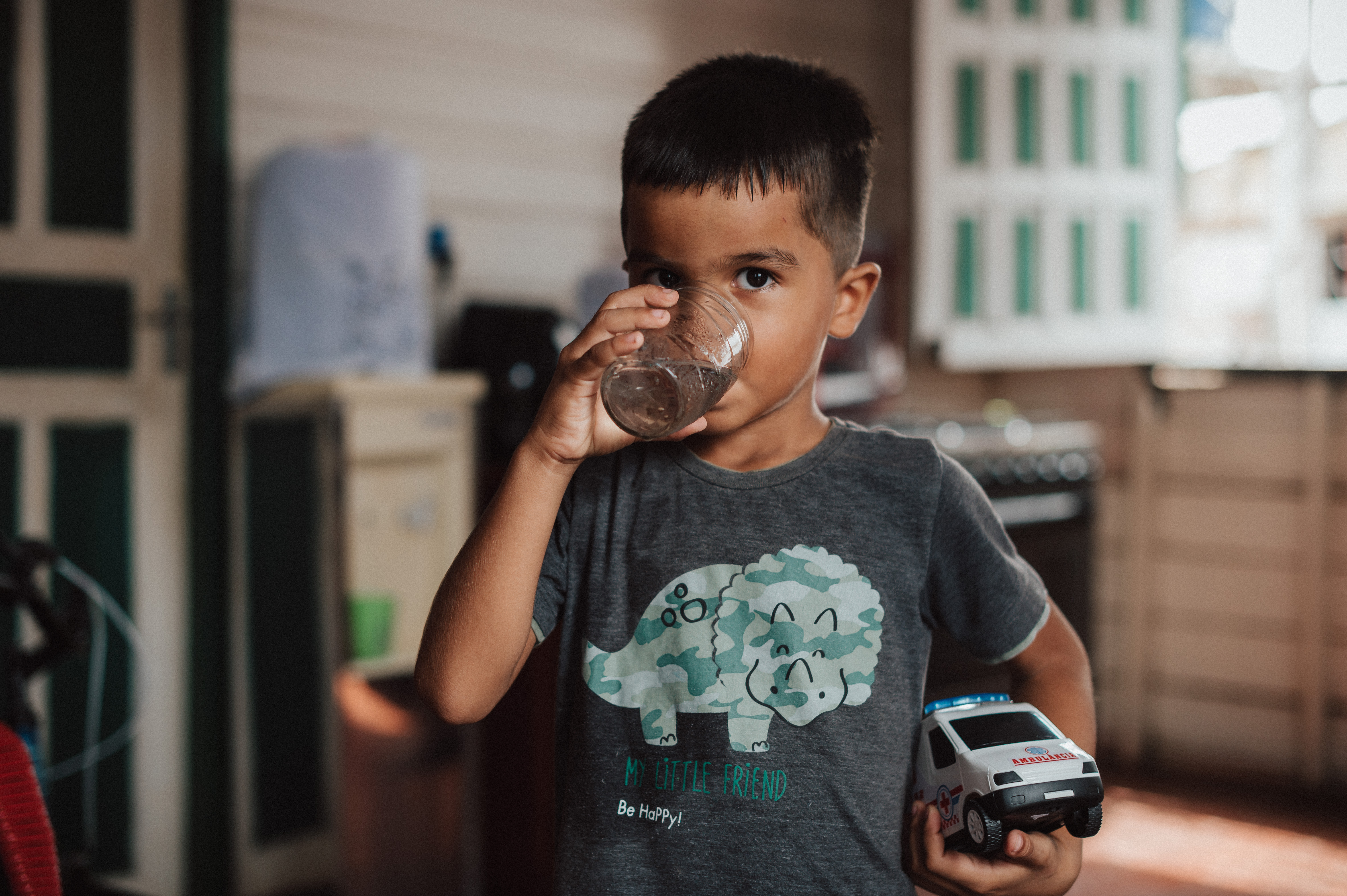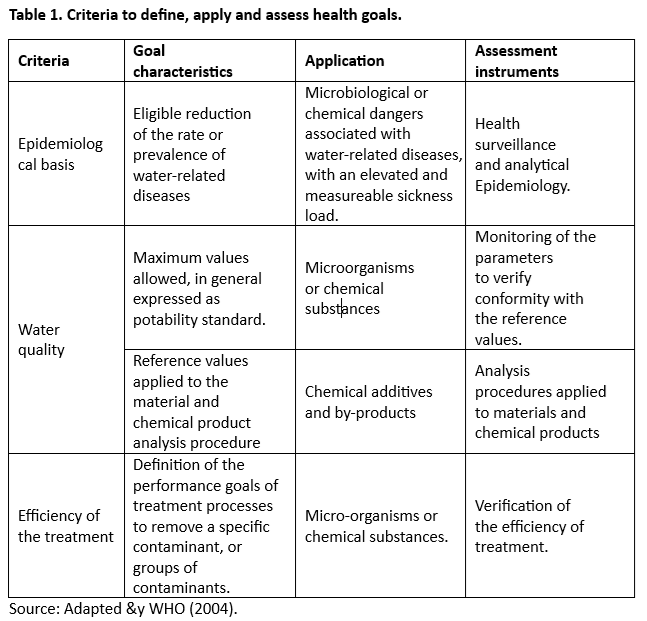

Description
PSA, a strategy conceptualized by WHO, is a methodological tool for risk prevention and water monitoring from source to abstraction, treatment, and distribution. It complements control strategies, alongside laboratory analyses, to implement measures that reduce or eliminate water contamination risks for drinking water.
The methodology is based on the self-learning course of the Water Safety Plan (PSA, acronym in Portuguese), to implement and promote PSA with municipalities that have an Autonomous Water and Sewage Service (SAAE, acronym in Portuguese). The plan is designed as a risk management system, which monitors the path that the water takes, from catchment to the end-user. The training is aimed at supply system technicians and entails theoretical and practical content.
It is a technique that can be adapted to the different realities and territories, considering the scope and profile of the agents that deal with water control and monitoring practices. Implementation of the PSA does not primarily involve the expenditure of large financial and structural investments, but focuses on the importance of improving and increasing management methods. This plan is local in scope and allows for the involvement of a wide range of players, including institutions involved in the provision of water supply services and water supply regulatory agencies.
Criteria 11/11
- ACCESSIBILITY
- ALIGNMENT WITH SDG 1,3,4,6 AND/OR 11
- RACE AND GENDER ISSUES
- ATTENTION TO CHILDREN AND ADOLESCENTS
- LOW COST
- SOCIAL DIFFUSION
- ADMINISTRATIVE EFFICIENCY
- ADHERENCE AND CONTINUITY AT LOCAL LEVEL
- WASH INITIATIVE
- CLIMATE RESILIENCE
- SUSTAINABILITY
Coordination of the Funasa team with the managers and technicians of municipal health departments.
Rural communities.
Locally implemented in specific regions.
Each plan has a specific duration.
In general, the methodology for implementing PSA in a municipality consists of the following steps: i) preliminary steps (planning); ii) system evaluation, iii) operational monitoring; iv) management plans; v) PSA review, vi ) PSA validation and verification.
According to the Brazilian Health Foundation, the main points to be developed under PSA are:
• Pollution control of water sources;
• Prevention and /or treatment of contaminants in water sources;
• Prevention and /or treatment of contaminants, storage, distribution and consumption;
• Improvement of Water Supply System management and operation practices;
• Expand knowledge and exchange of information among agents working throughout Water Supply Systems;
• Evidence and prioritize the needs for physical infrastructure and resource improvements.
• Monitor losses and provide quick decision-making.
Awareness-raising and training workshops;
Delivery of didactic, digital and physical material;
Records of activities in reports.
PSA assessment indicators follow the methodology of the World Health Organization (WHO). Each TED provides for the preparation of periodic reports for Funasa to review and validate the results achieved in each stage of development
Source: Plano de segurança da água : garantindo a qualidade e promovendo a saúde : um olhar do SUS, 2012.

Decentralized Execution Terms are established between Funasa and the partner academic institution. TED presents a step-by-step schedule detailing the costs of each implementation phase of the Plan.
Link: https://bvsms.saude.gov.br/bvs/publicações/plano_seguranca_agua_qualidade_sus.pdf